August 2022
Welcome to the dog days of summer! Like us, you’re probably trying to stay cool, perhaps in a shady garden spot! We never stop marveling how much cooler it is in the California shade. If you don’t yet have some tall, shade producing native trees or arbors in your yard, maybe this is the year to plant some! (Let us know if you’re looking for special native trees and plants!😉)
CHILDREN’S PROGRAMS at CNGF
In spite of the heat, we’ve been keeping busy at CNGF. This is our second year to receive a San Jose Parks Department Safe Summer grant to provide scholarships for campers at our Earth’s Heros Nature Camp, especially for 6-12 year olds who live in school districts with high levels of gang activity. This summer is one of our best yet; our campers have been learning about California native plants and ecosystems, keeping nature journals, taking care of our chickens and aquaponics farm, and making pizza in our outdoor stone oven. (Click on “Show More” to expand text.) Each Friday, our campers meet at a local park for hikes, storytelling, games, and a picnic. We hope to invite some of our campers back for our upcoming afterschool programs, in addition to homeschool classes, pre-K classes, and workshops for all ages. As we gear up for back-to-school, we are also enrolling a new crop of families in CNGF’s nature immersion preschool co-ops. Come and check out our weekly pre-K Open House at ELSEE, 76 Race Street, every Friday morning from 9:30-11:30. You may see flyers about our pre-K classes at your local elementary schools, laundromat and community libraries. You’ll find details about the classes on our website. Our pre-K teachers will be visiting local children’s libraries to promote free upcoming events. They will be telling native plant and animal stories. Our pre-K teachers will be announcing a free series, taking place on the second Sunday of each month called The Magic of Resiliency Faire. Watch for details of each faire in upcoming newsletters. Circle these upcoming dates: Oct 9, Nov 13, and Dec 11, from 10 am to 4 pm. We will be talking about these special days for families in our community and inviting children and parents to join us. We’ve also been lucky to begin working with Antonio Moreno and Patrick Orozco, members of the Parajo Valley Ohlone Indian Council (PVOIC). Once the winter rains begin, we will be taking a special family hike at Uvas Canyon County Park. See photos here. We’ll be exploring the beautiful shady canyon and asking children to imagine they were alive centuries ago, before gold brought people from all over the world to California. What would a day be like for an indigenous child at that time? This will be a special field trip that we will plan once we begin our Magic of Resiliency Faires.
Children’s Programs at CNGF
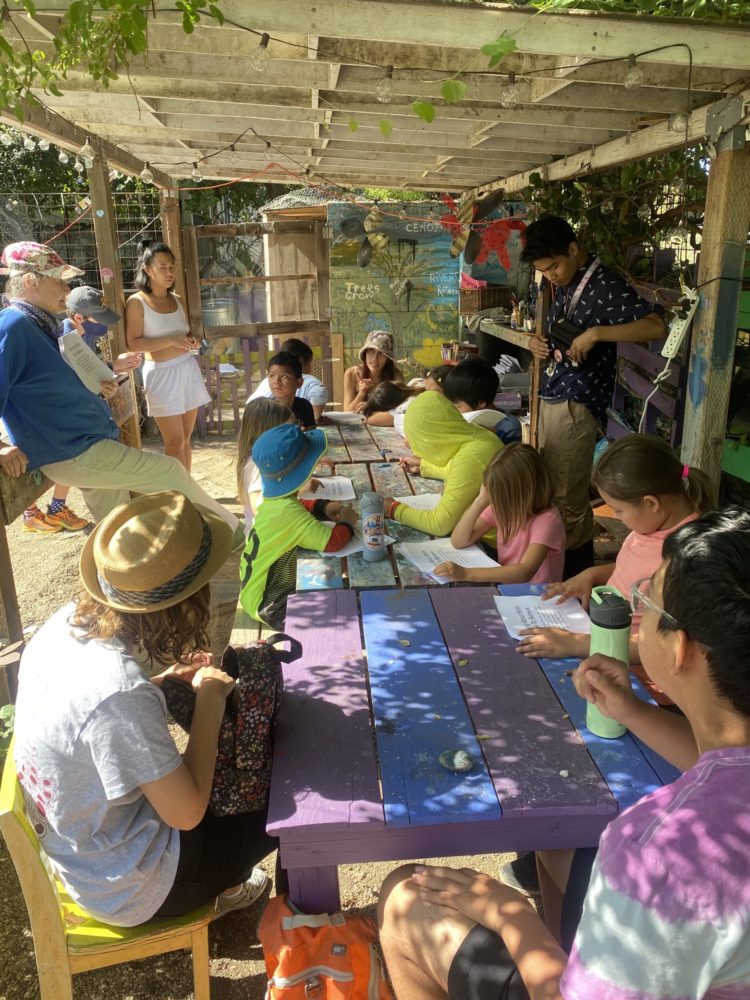
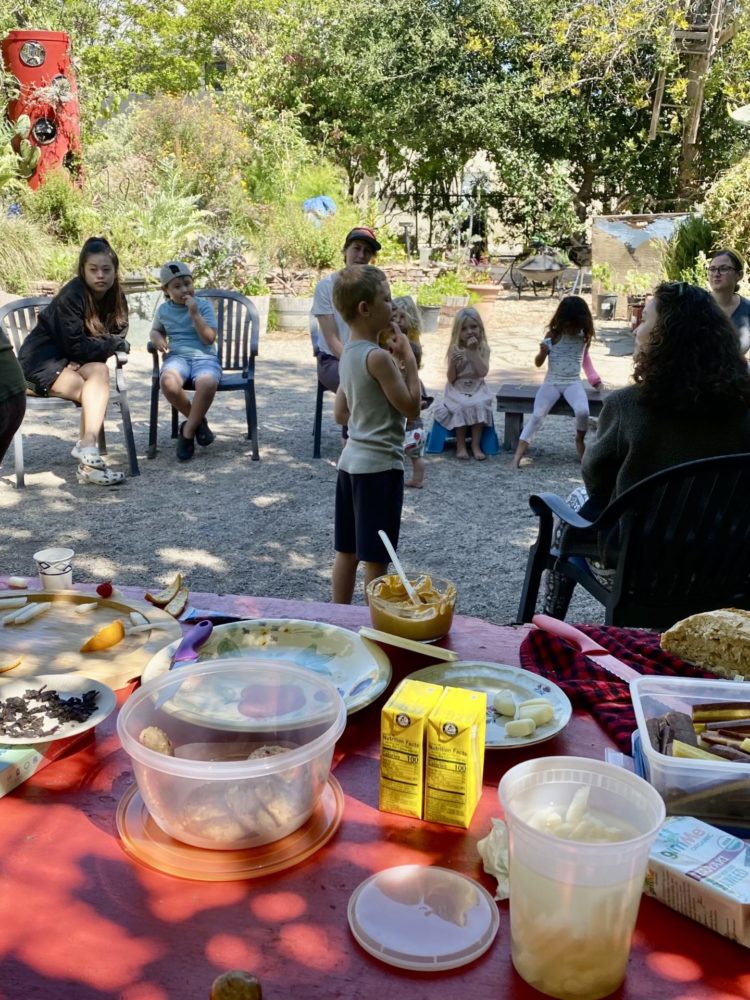
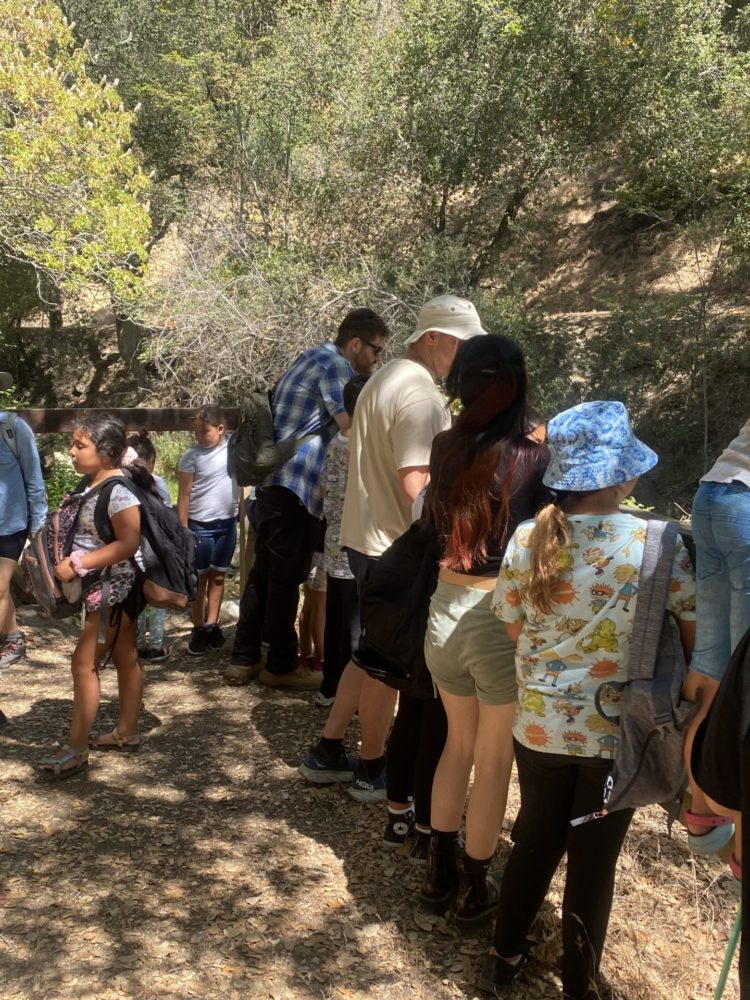
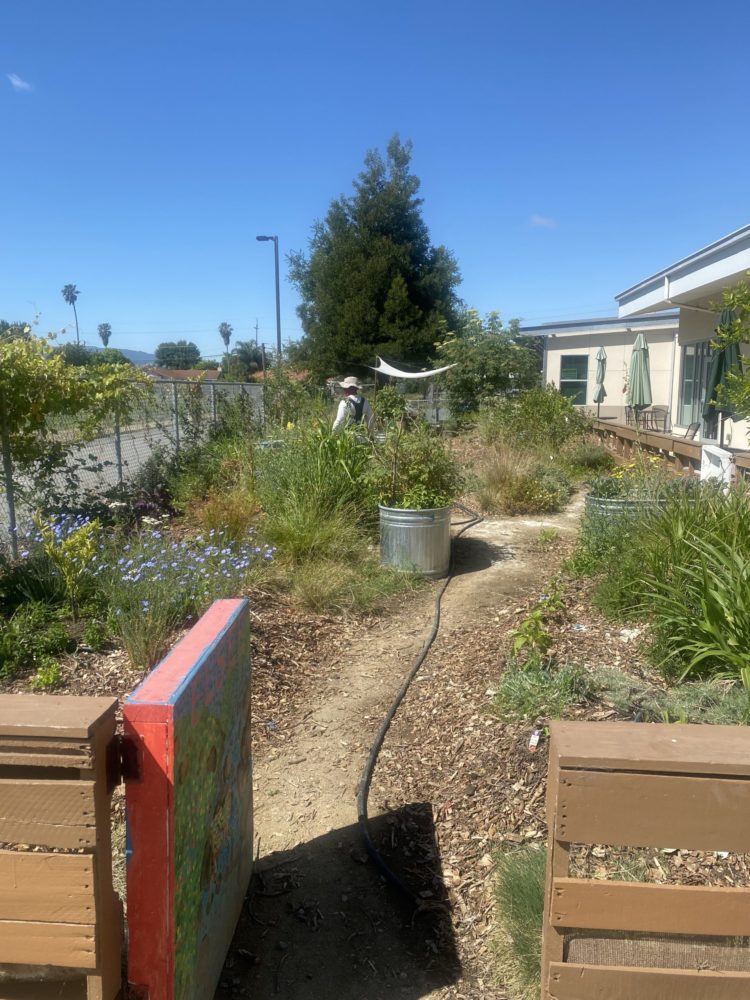
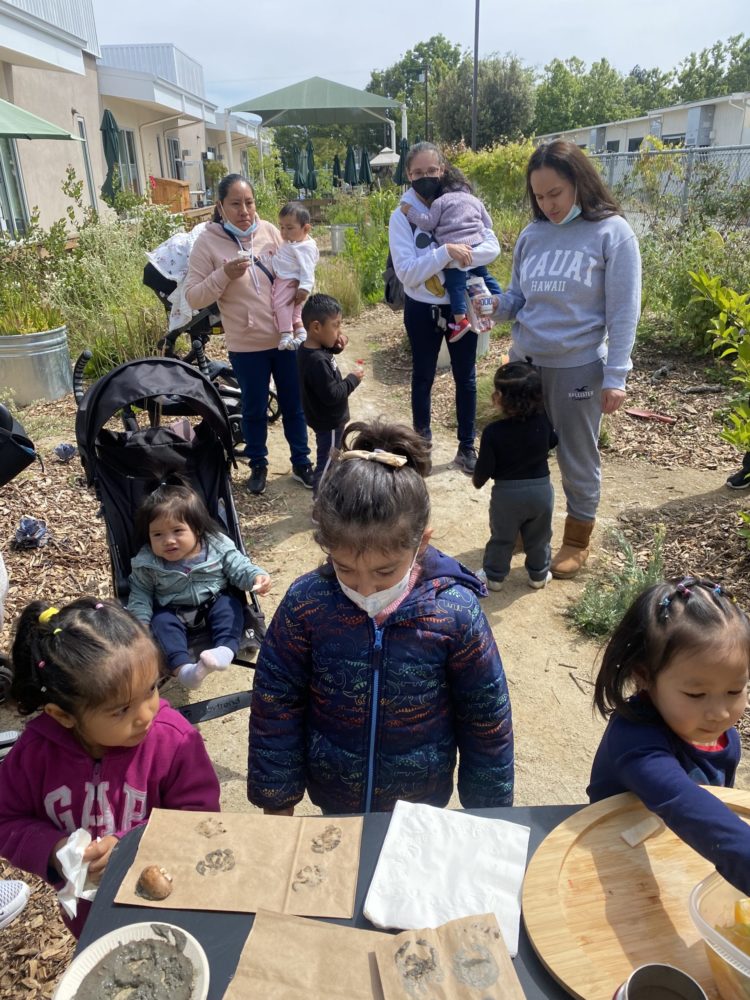
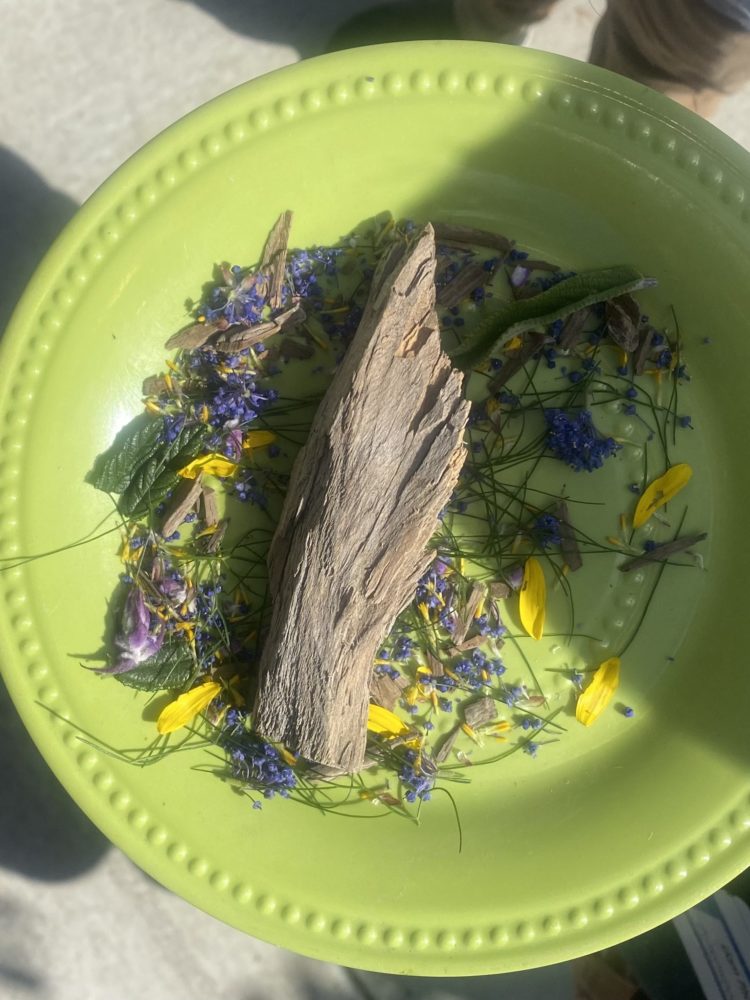
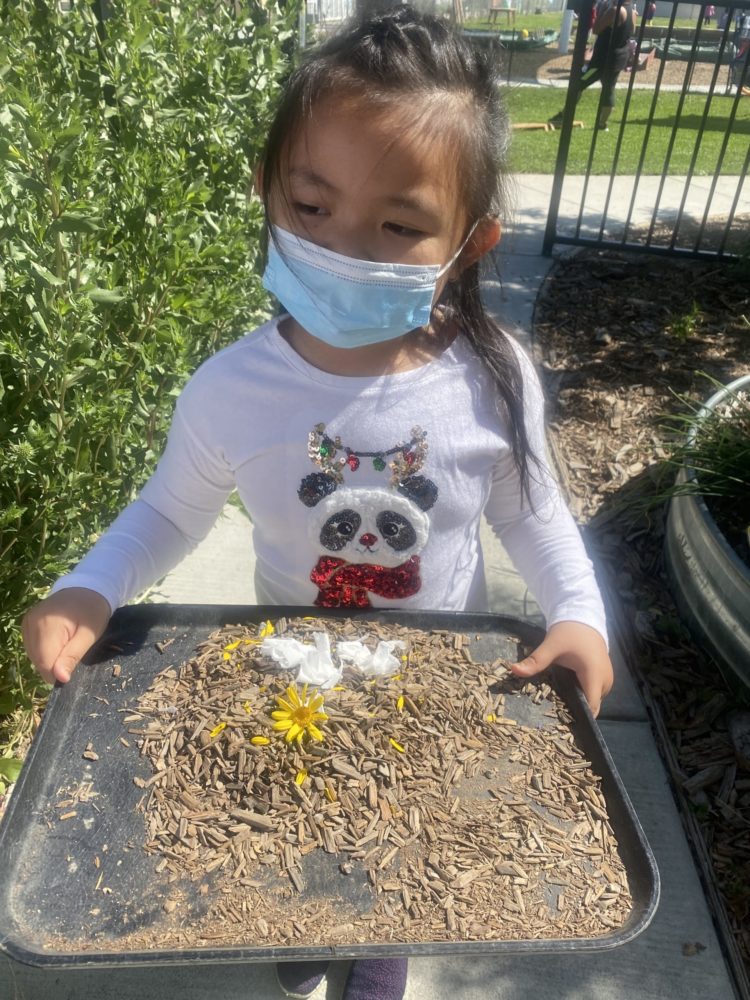
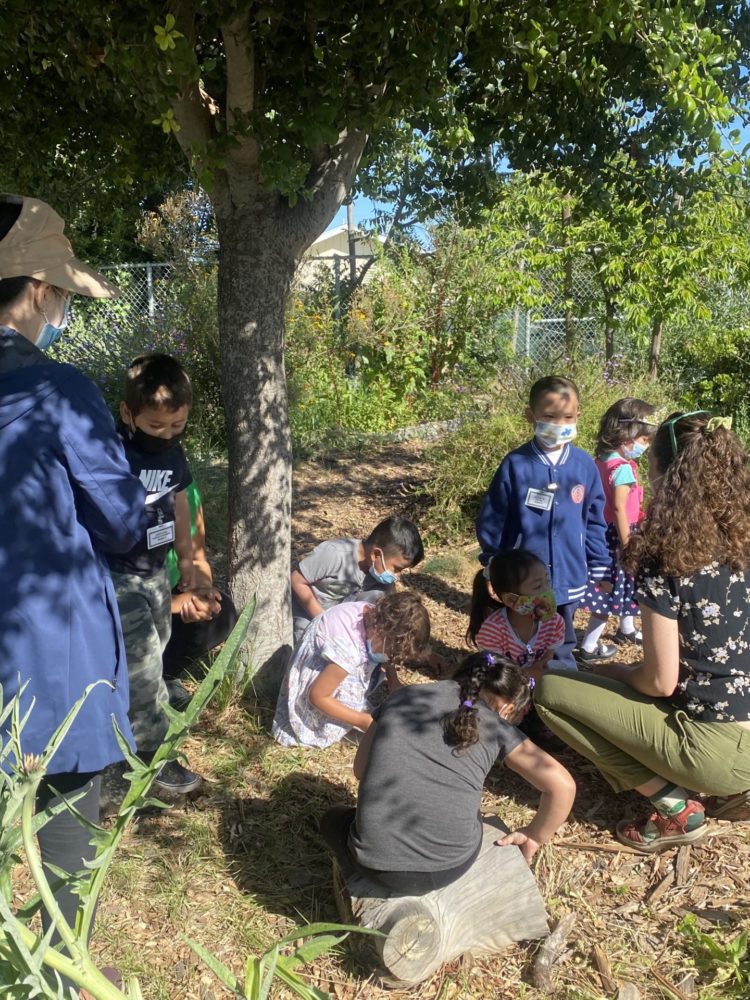

Uvas Canyon County Park
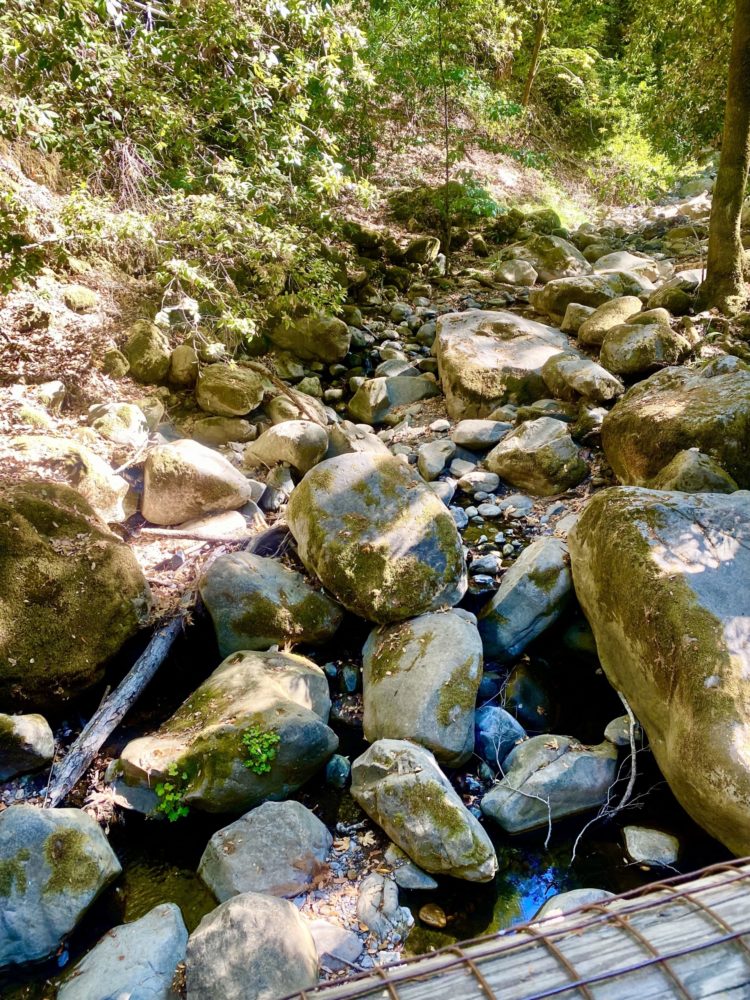
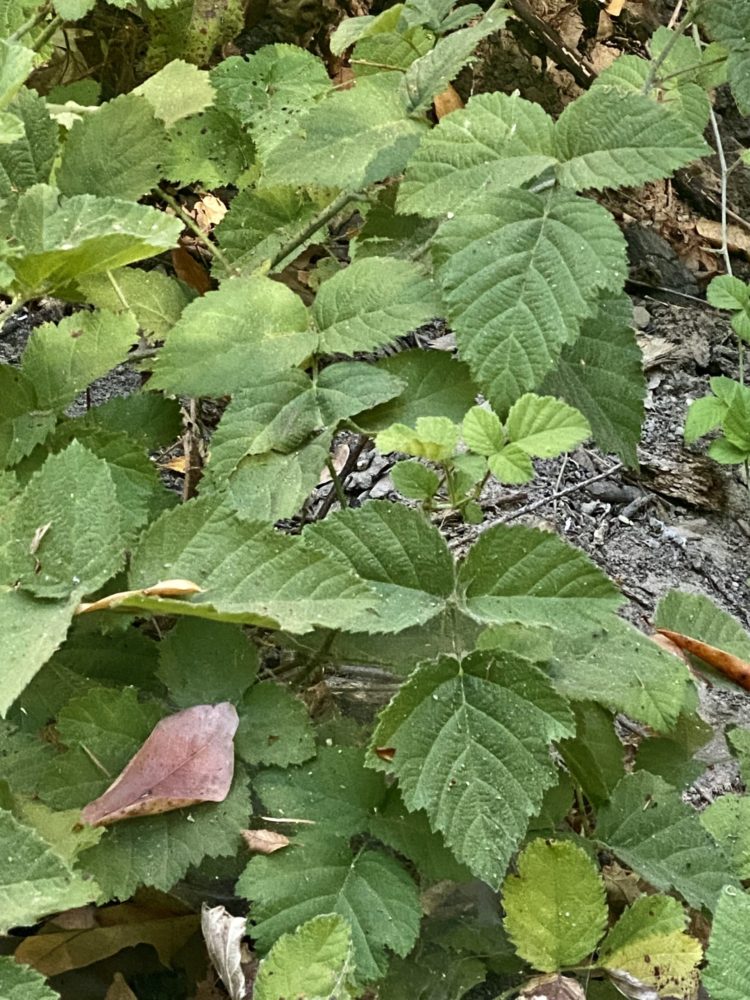
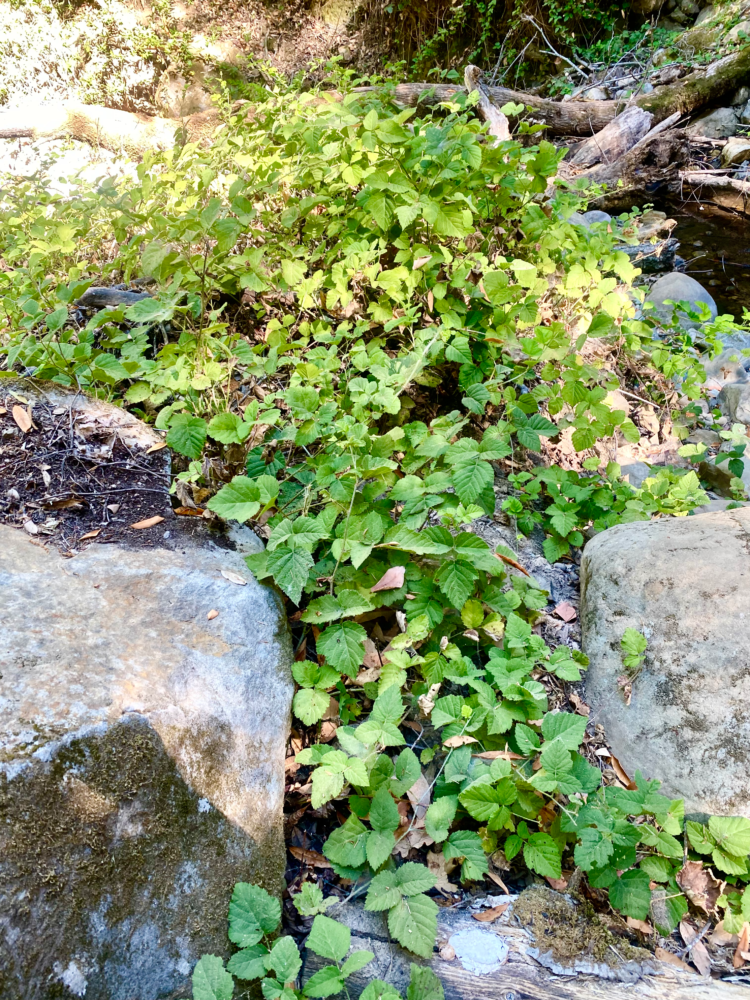
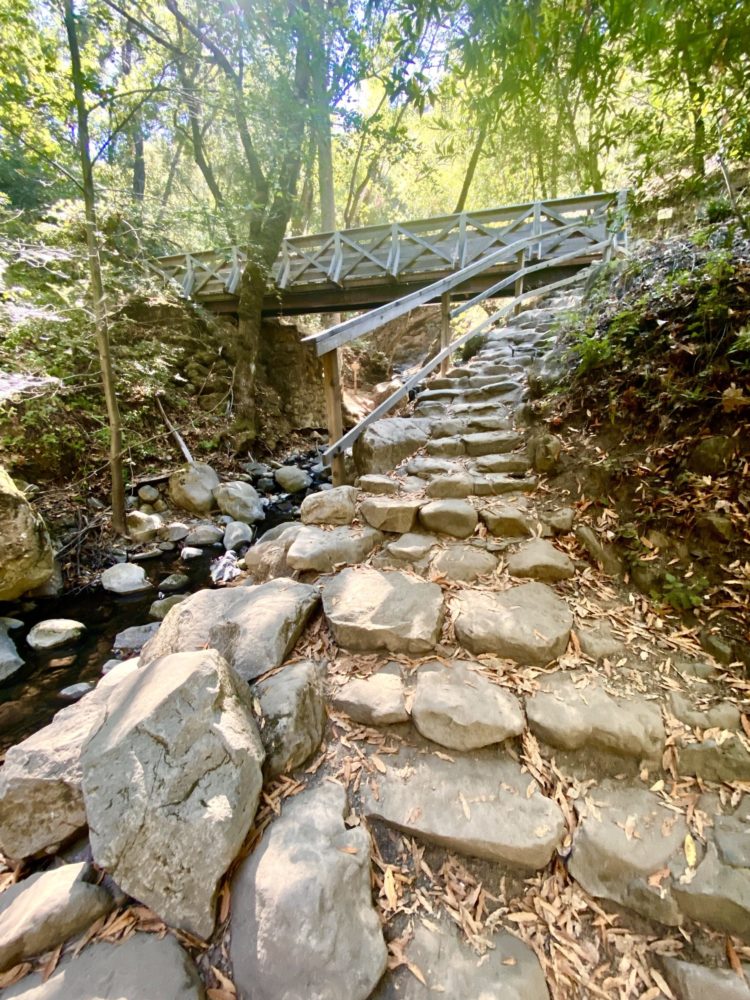
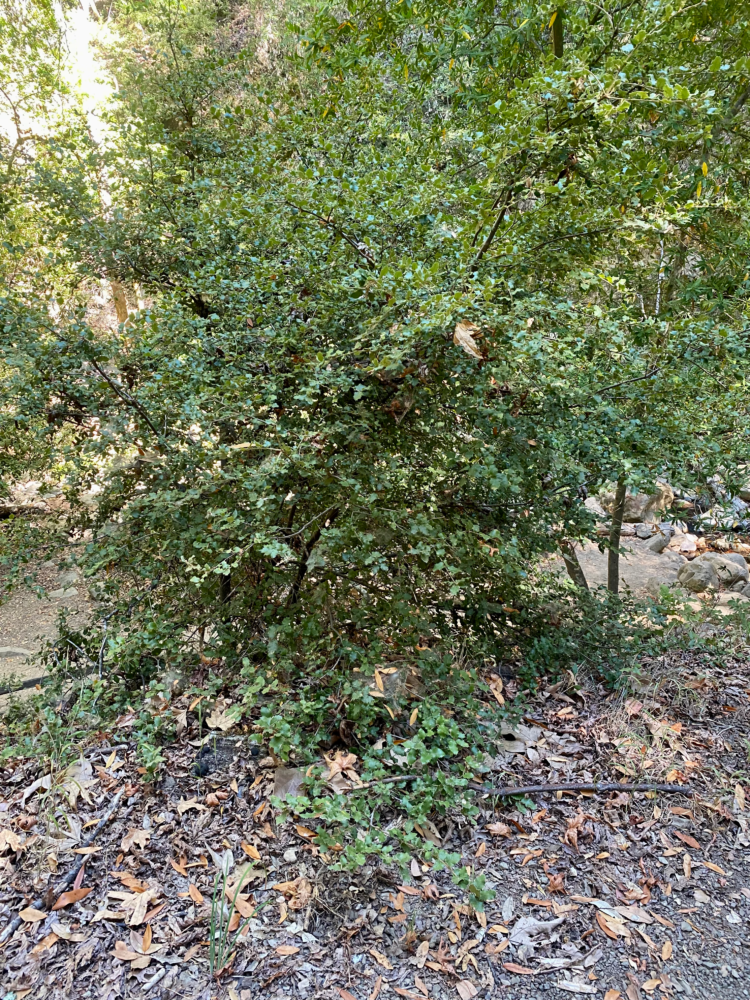
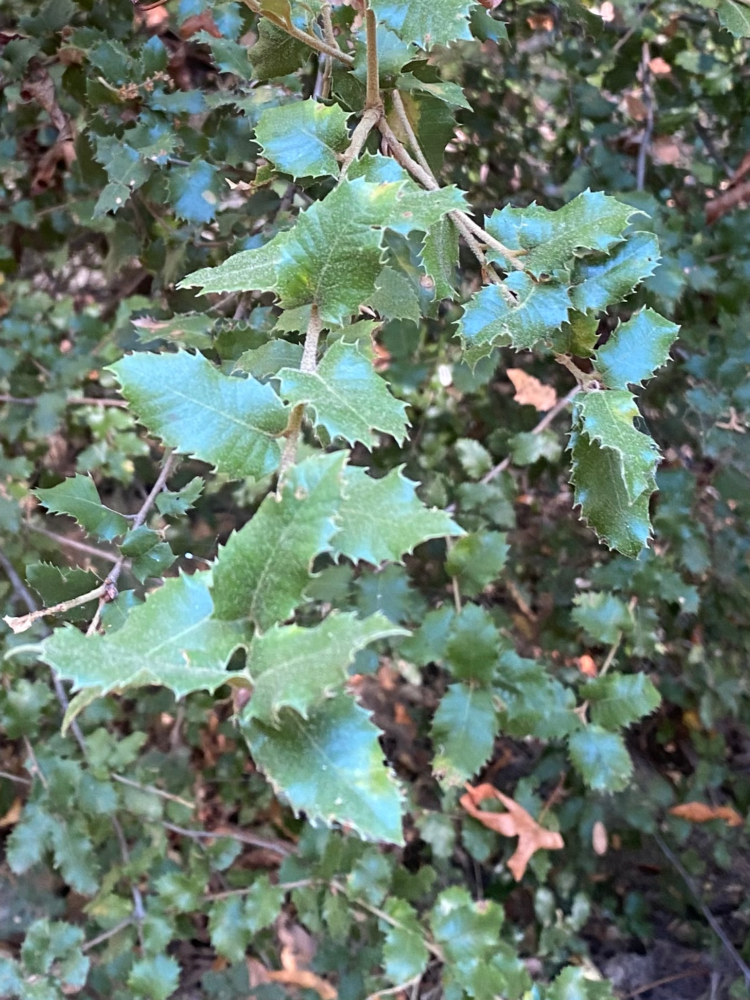
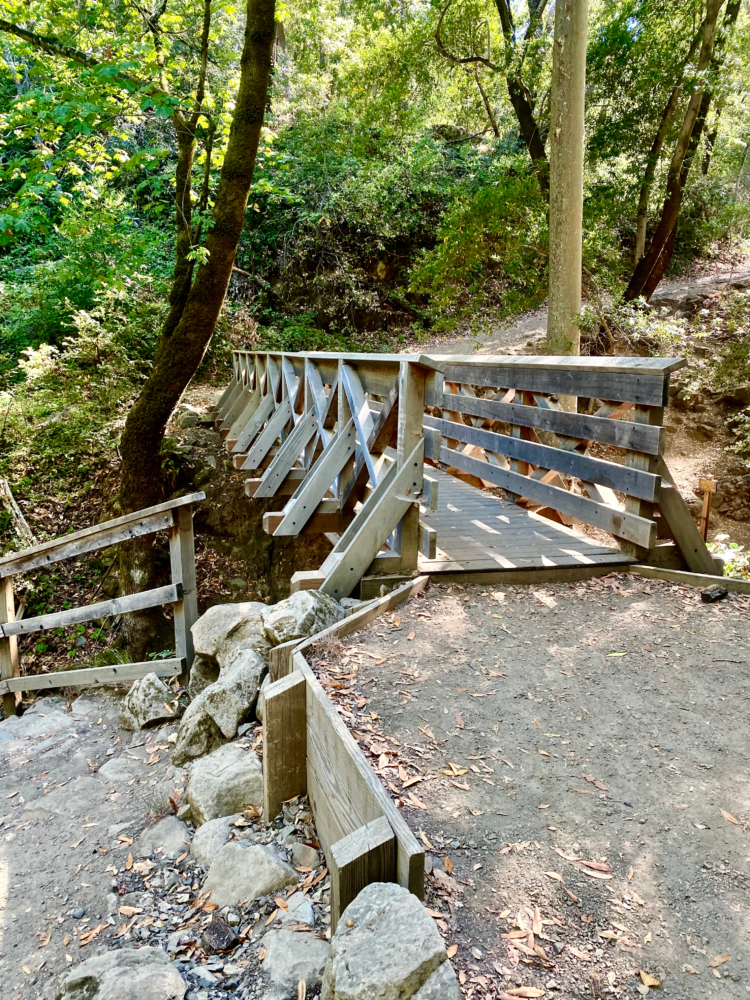
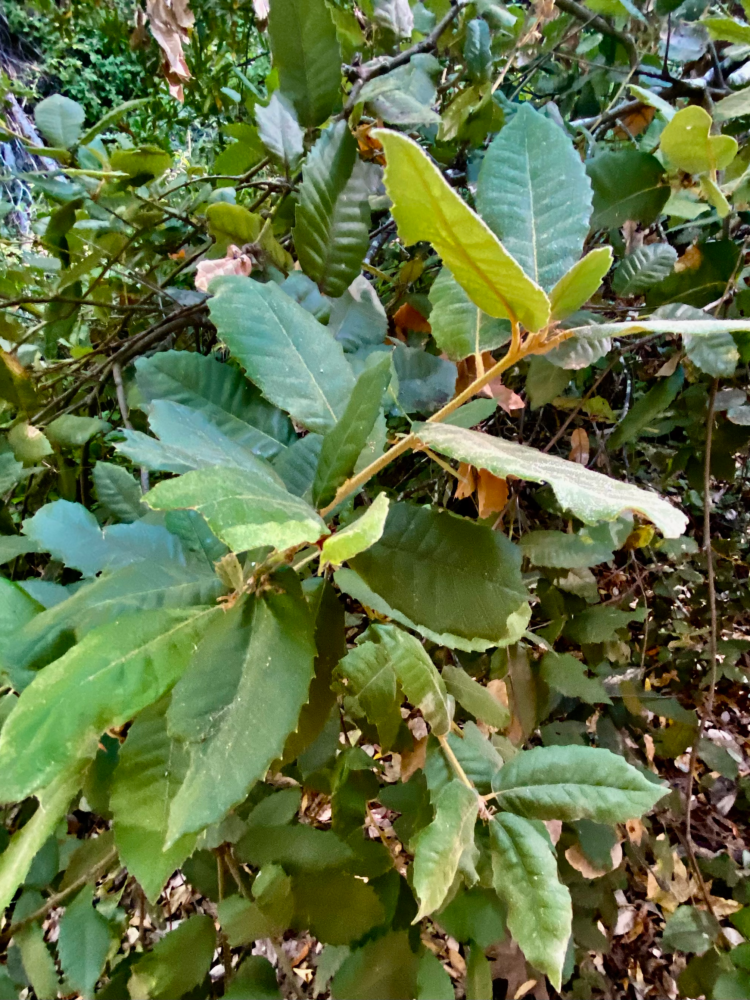
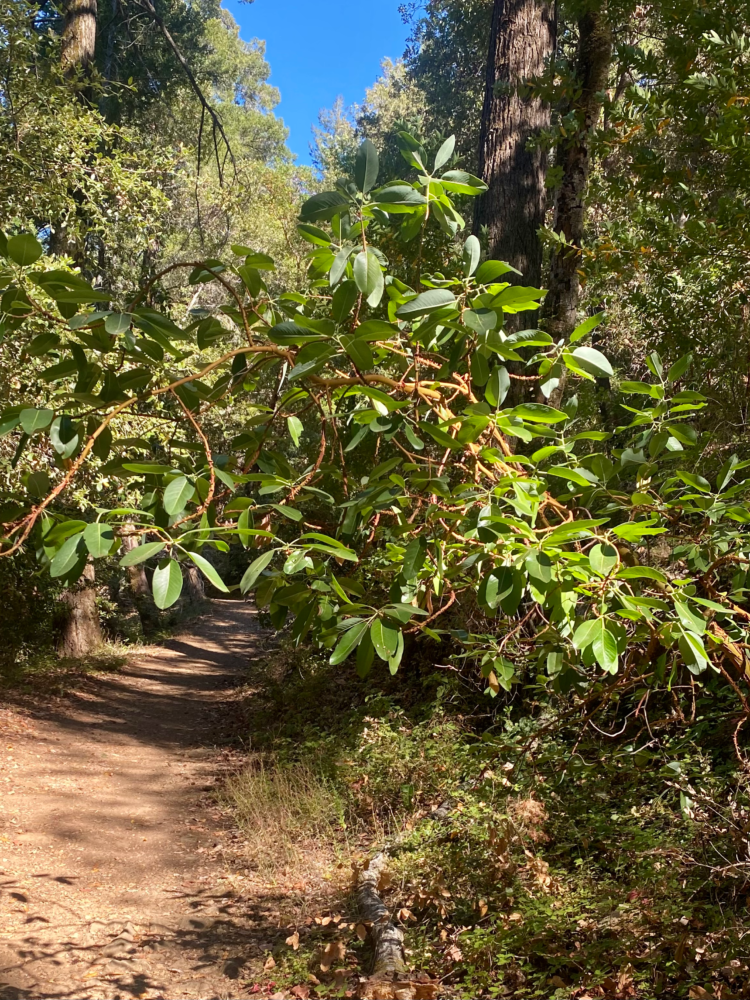

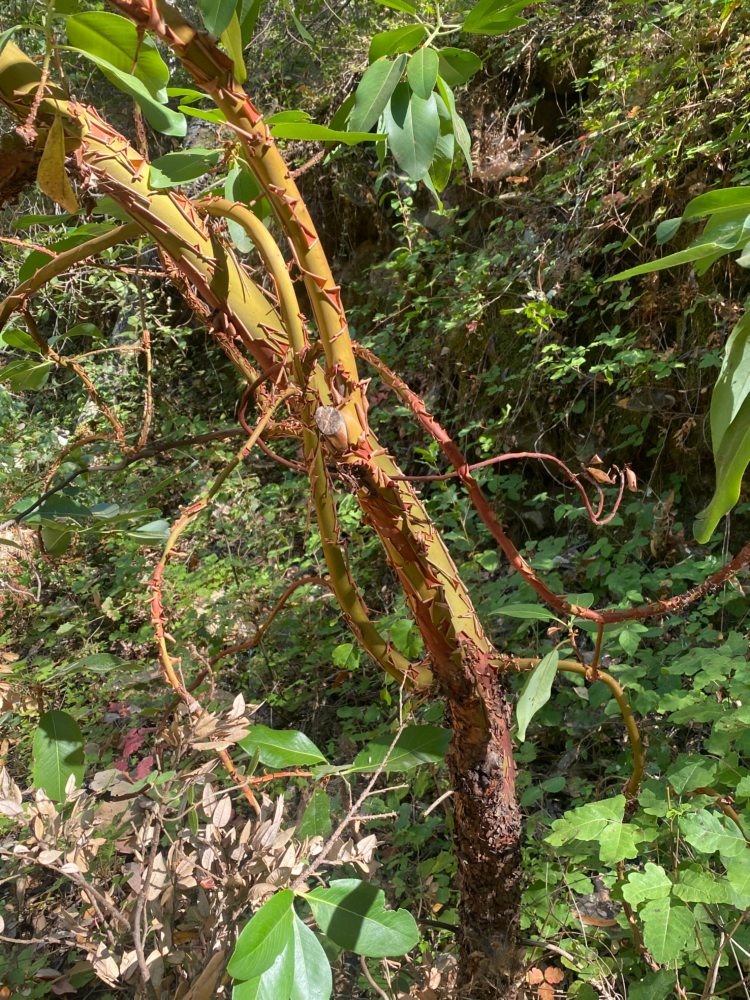

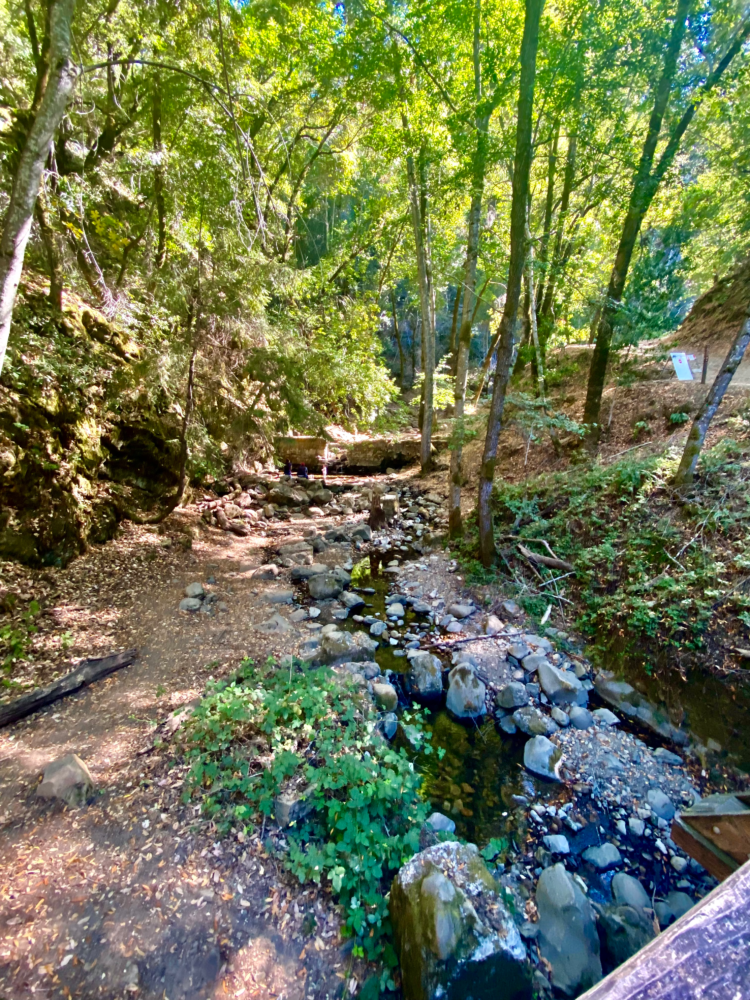
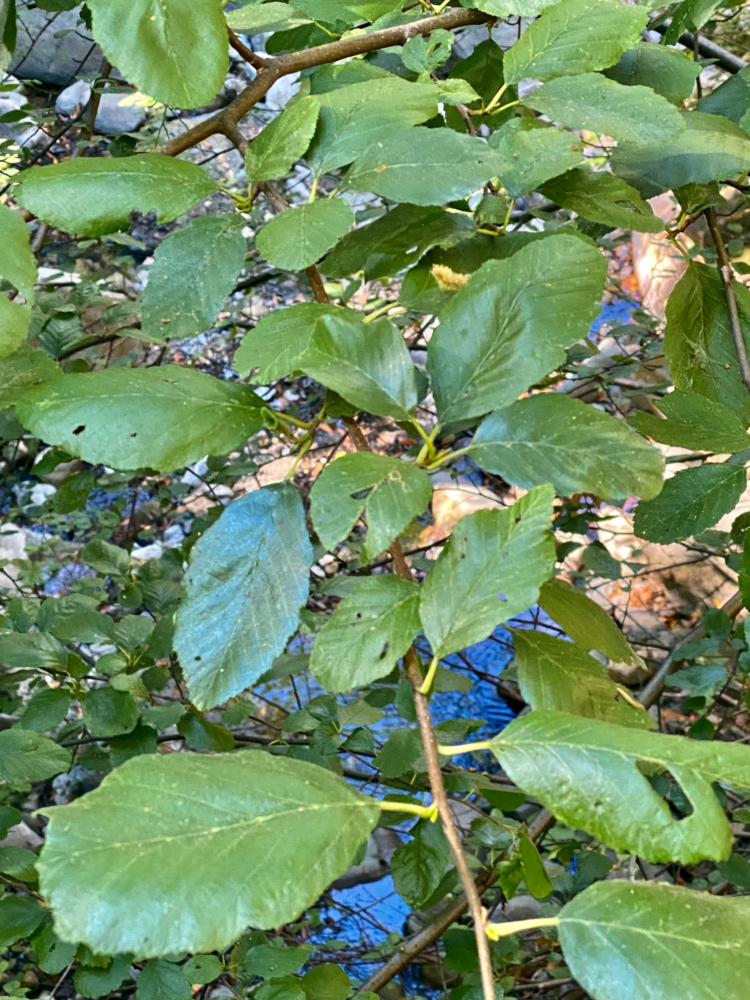

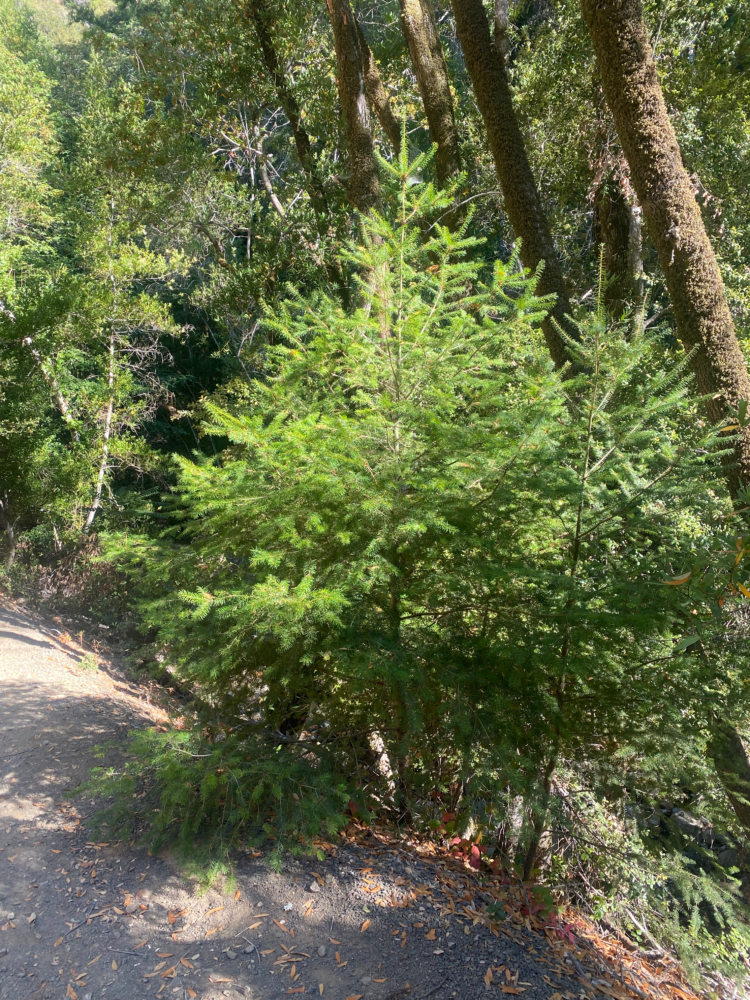
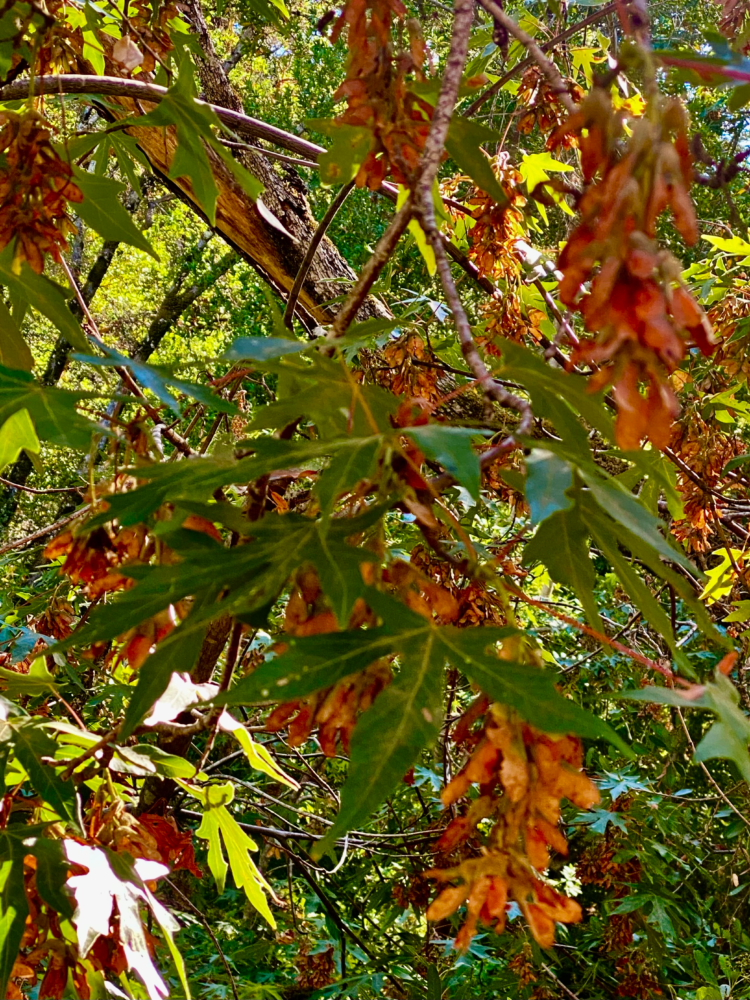
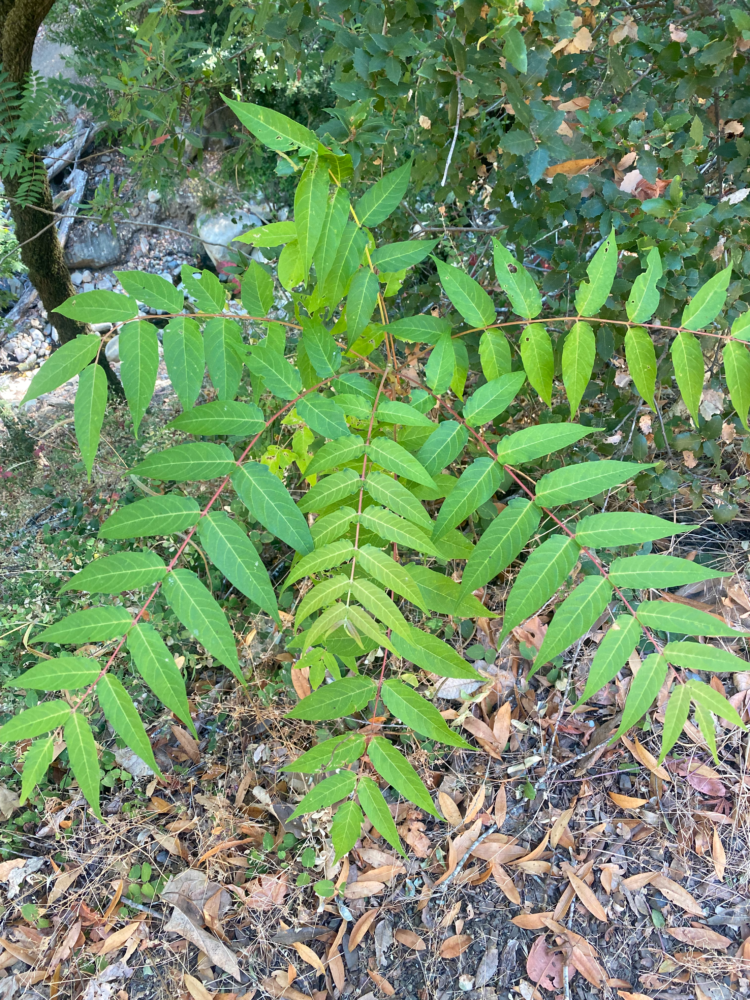
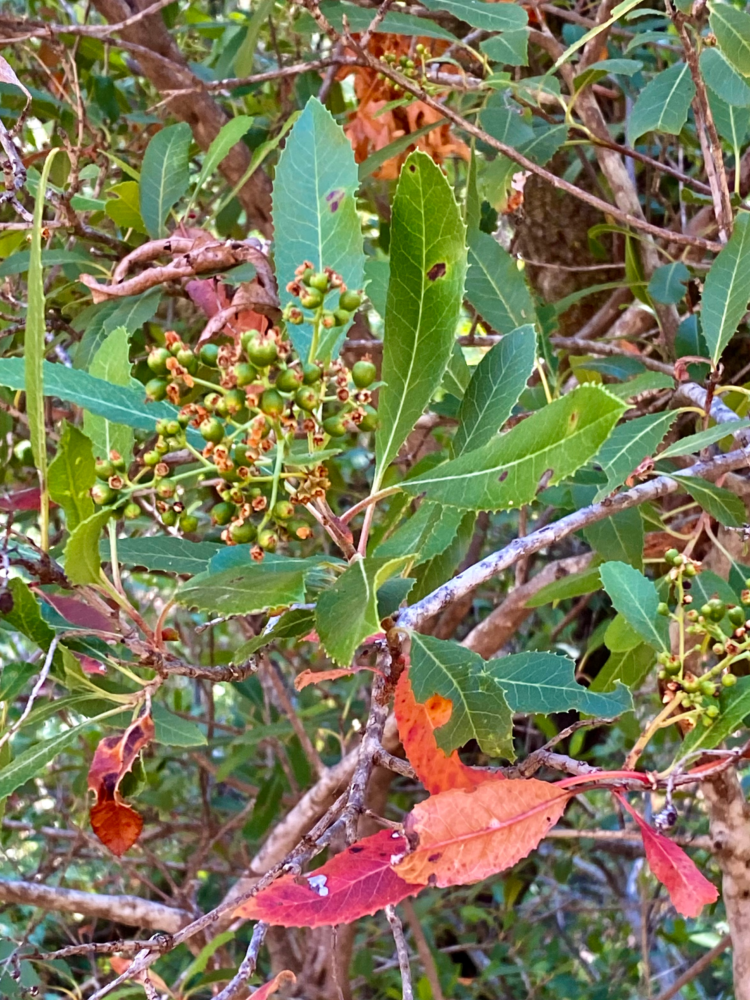
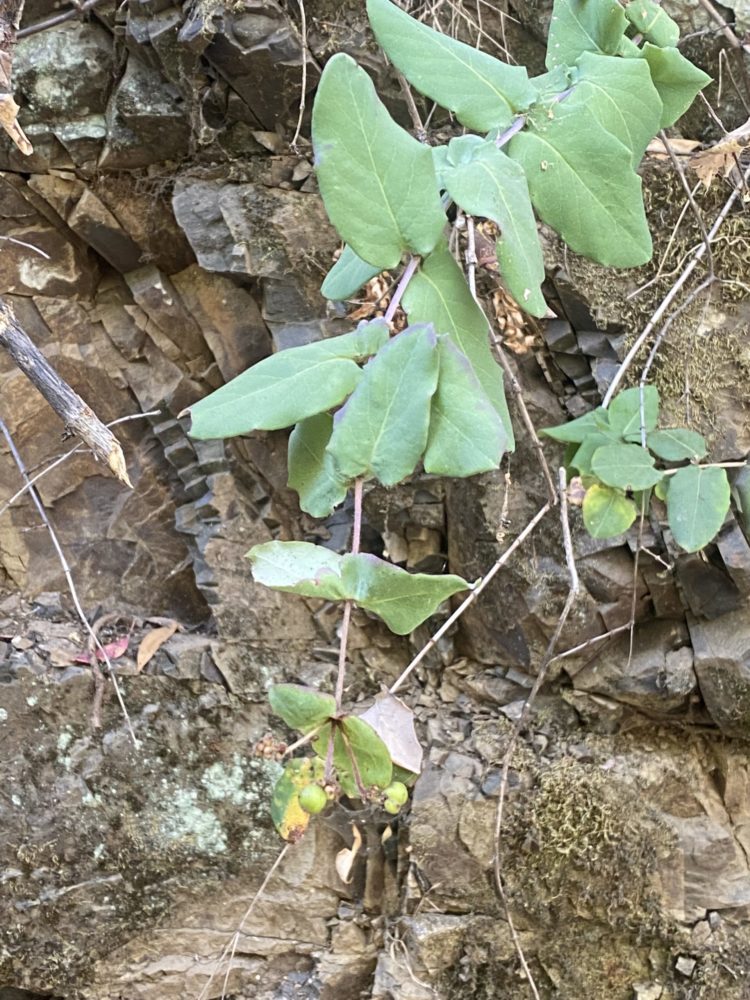
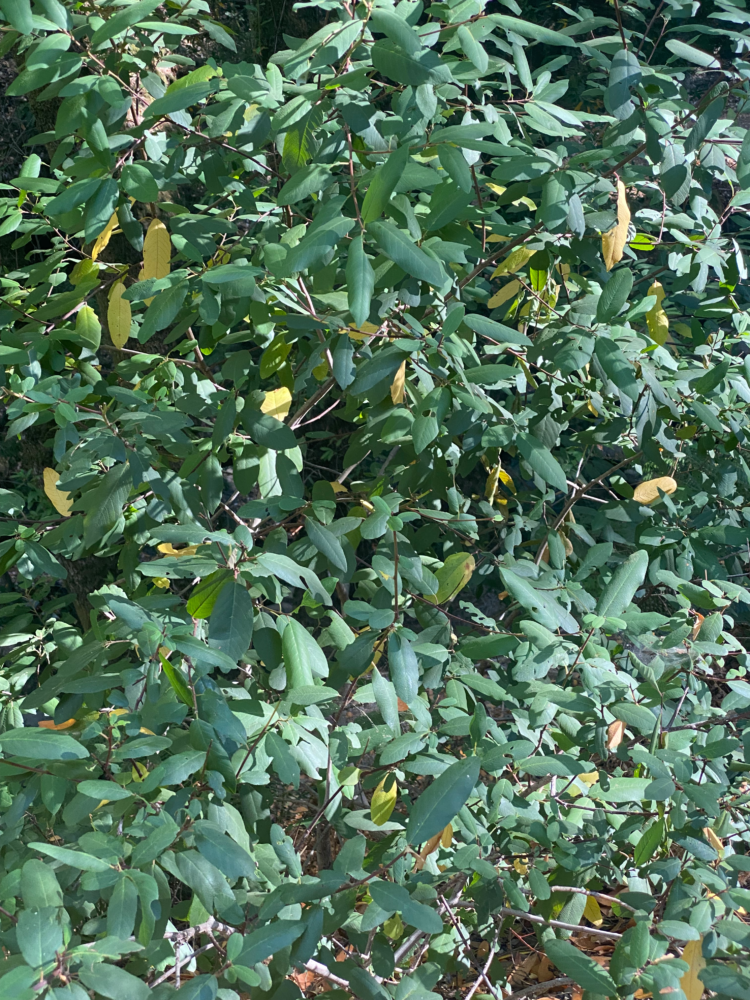
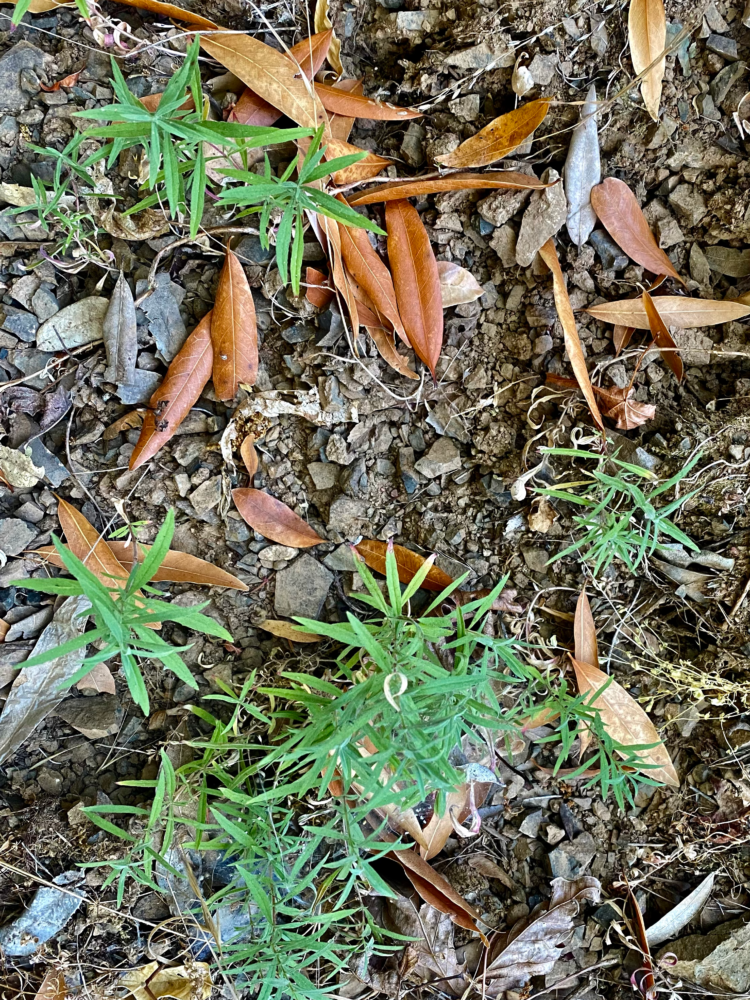
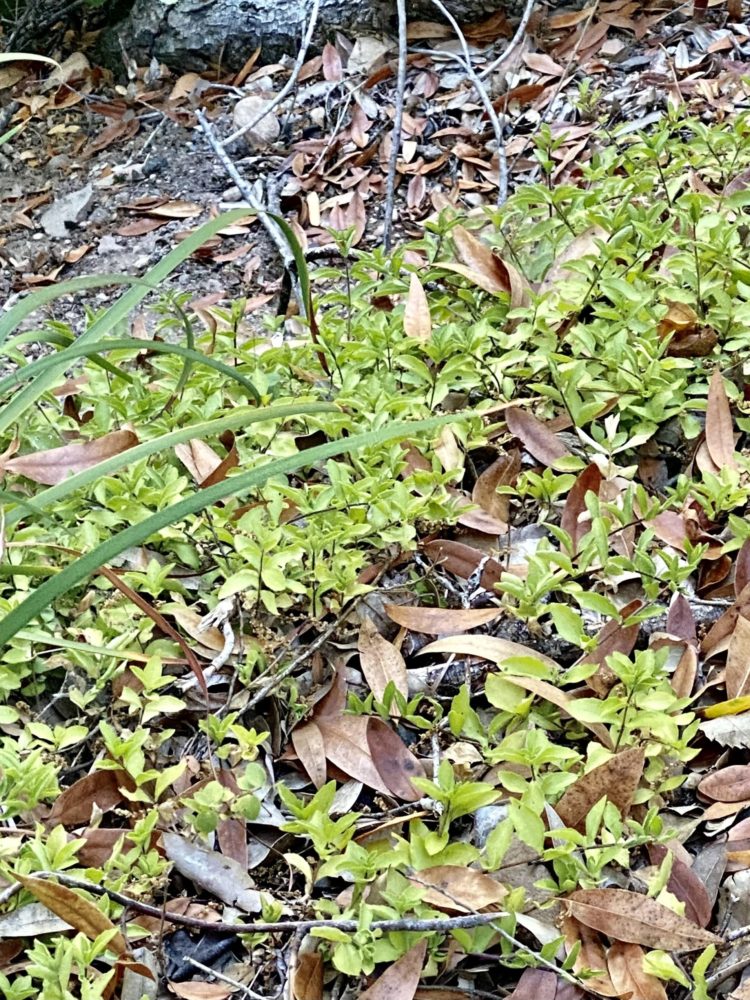
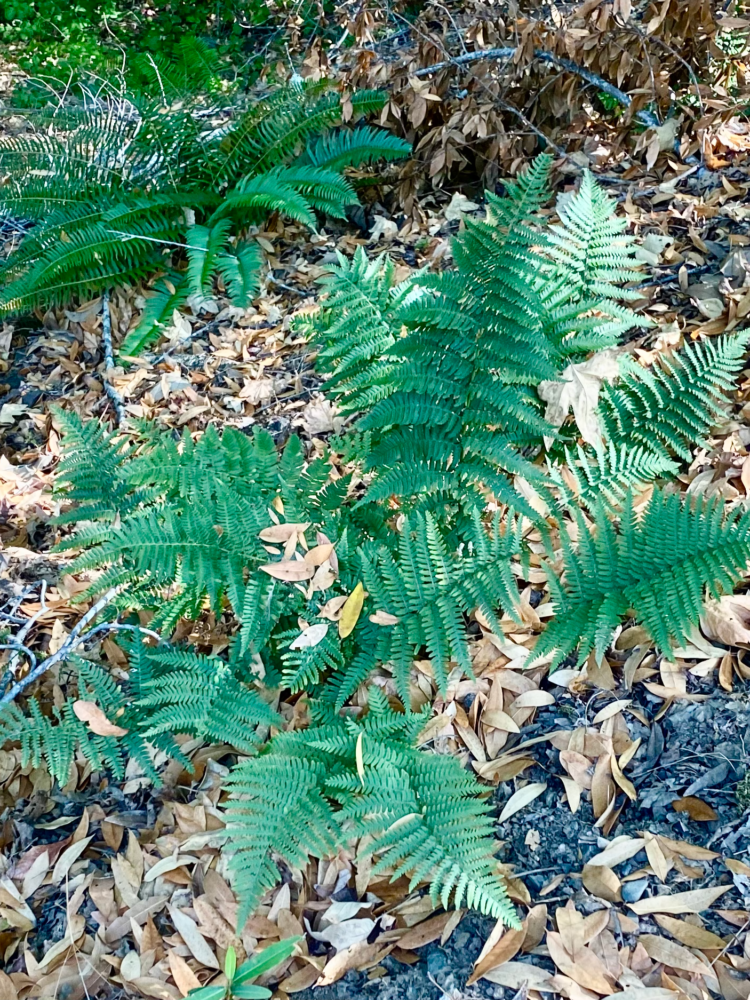
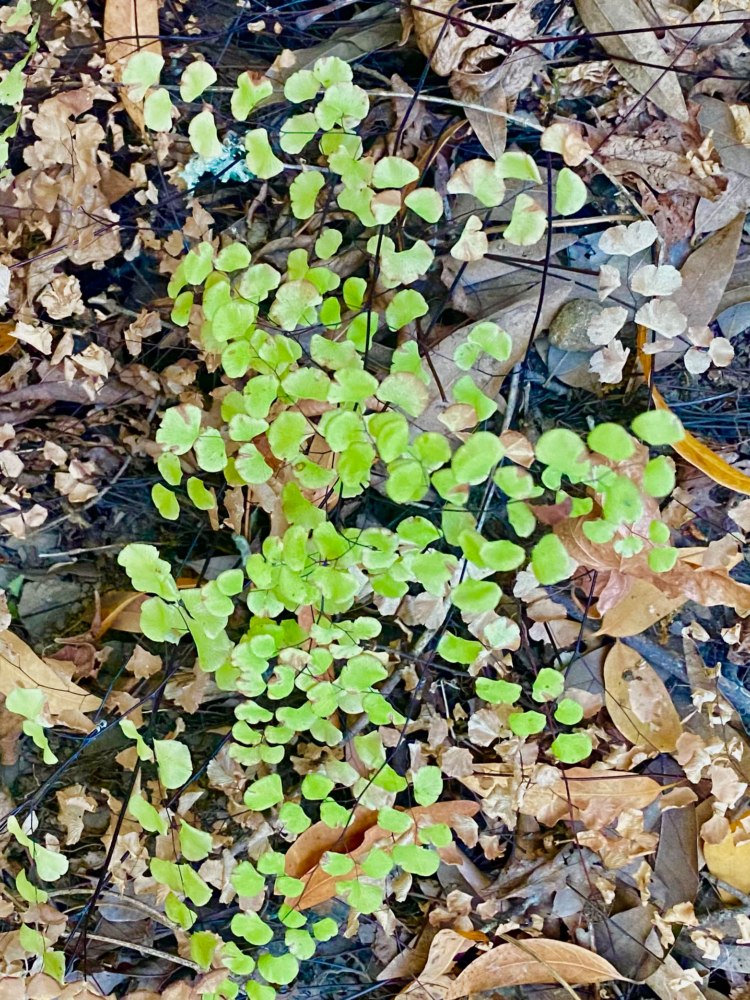
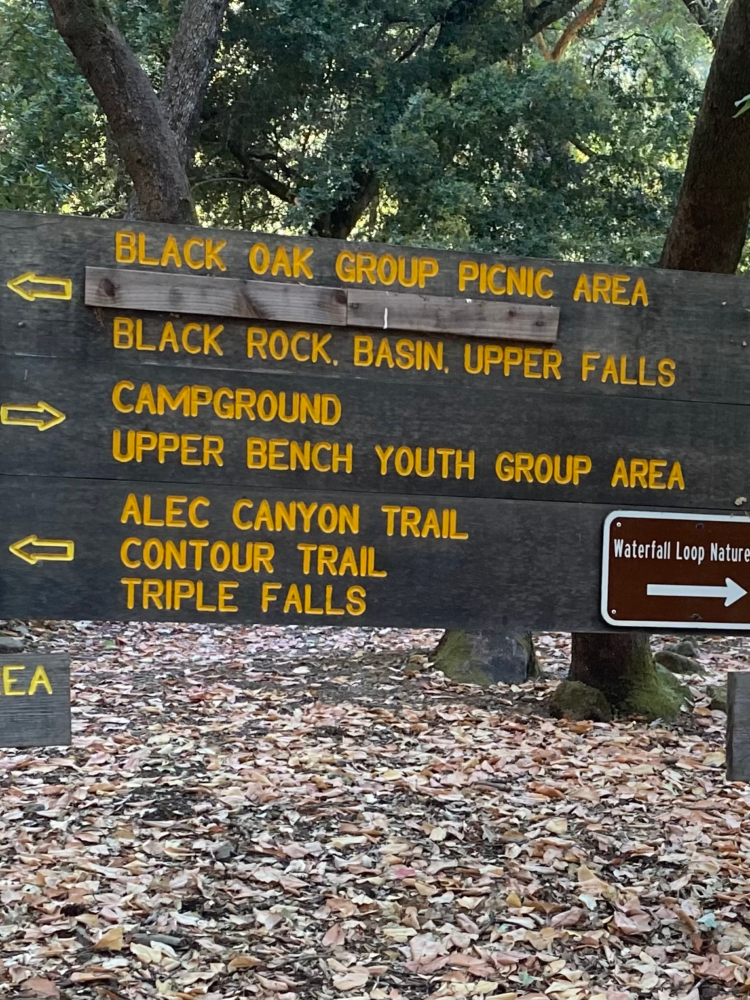
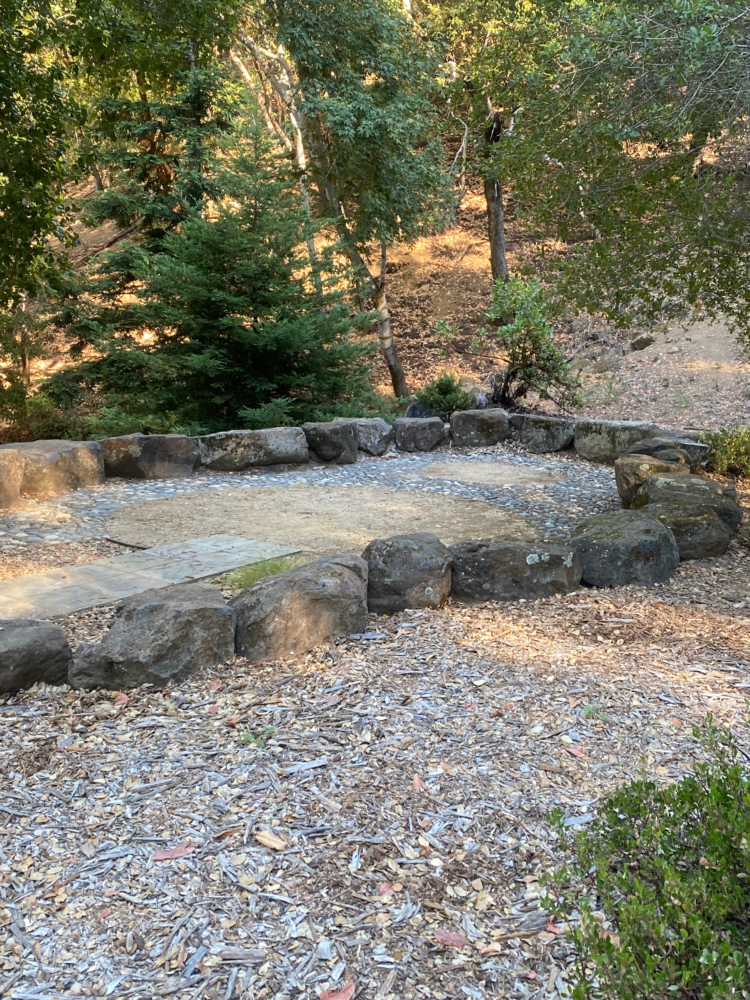


CLASSES FOR GROWN-UPS!
We are preparing to offer our Ecological Certification classes, in partnership with SJECCD-Workforce Institute, in an array of programs including Nature Immersion Education, Mindful Aging, Ecological Land Management, and Regenerative Organic Agriculture. If you are interested in taking a class, serving as a mentor, or providing housing to foreign students, please reach out to us.
Learning Together With Young Children In Nature
(notes from Board member, Sherry Kaufman)
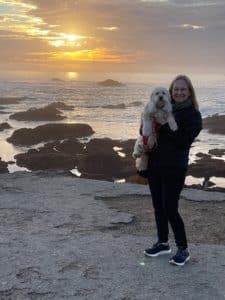
“I sincerely believe that for the child, and for the parent seeking to guide him, it is not half so important to know as to feel. If facts are the seeds that later produce knowledge and wisdom, then the emotions and the impressions of the senses are the fertile soil in which the seeds must grow. The years of early childhood are the time to prepare the soil. Once the emotions have been aroused – a sense of the beautiful, the excitement of the new and the unknown, a feeling of sympathy, pity, admiration, or love – then we wish for knowledge about the object of our emotional response. Once found, it has lasting meaning. It is more important to pave the way for the child to want to know than to put him on a diet of facts he is not ready to assimilate.”
~Rachel Carson, The Sense of Wonder (1956)
If this message from Rachel Carson, writer, scientist, ecologist, resonates with you, you may want to read The Sense of Wonder to inspire walks in nature with your young ones.
For those looking at ways to inspire a child’s sense of wonder on these walks, we at CNGF encourage you to pause the natural impulse to share known facts with your child, and instead explore with your child. Sometimes it helps to don an imaginary pair of glasses to help you and your child to see their world with “new eyes.” Talk about what you observe with your senses:
- “I notice that the leaves on this plant are fuzzy” (feel them with your child)
- “I see so many bees!”
- “Look at all the birds in that tree!” (stop and listen for bird calls)
- “This flower is SO beautiful!” (pause in awe)
- “What is that smell?”
Encourage your child to share what they observe.
We recommend you follow this by asking questions about what you see; not fact-based questions like “what is the name of this plant?” but rather open-ended questions that stimulate the imagination:
- “I wonder why these leaves are fuzzy and those are smooth.”
- “I wonder why the bees like that plant.”
- “If I was a bee, do you think I might get stuck on a fuzzy leaf?”
- “What do you think might happen if this beautiful flower didn’t get enough water?”
- “What do you think that bird is saying to his friends?”
Remember that at this stage of exploration, there are no wrong answers. The idea is to make space to share and listen deeply to one another’s ideas. The more imaginative, the better! Help your child expand their imagination by thinking fancifully:
- “I think maybe mice use the fuzzy leaves as blankets at night! What do you think?”
- “I think the bees are having a party! What do you think?”
There is time for facts…later. Some like to carry a small journal to record their child’s questions and follow up later with a trip to the library for a book that explores a particular question. Or perhaps engage in a google search together? Or much better by far, seek out an opportunity to ask someone else what they think. In this way, your child is introduced to the process of research, and they grow to understand the importance of being curious.
Of course, each child will have their own passions, temperament, and developmental timeline…we recommend that you follow their lead, whether that means pretending to be a caterpillar, or researching together to discover and compare different varieties of milkweed!
This week:
- Take a walk with your child!
- Explore
- Engage your sense of wonder
- Share observations
- Listen deeply
- Ask questions. (record them if possible)
- Offer fanciful ideas. Be playful. Laugh and enjoy each other’s company!
At a later time, dig deeper together into your child’s areas of interest.
At an even later time, if you’ve recorded your child’s questions, take a few moments to reflect on them together with your child. Try returning to the same special spots every few weeks to see how things may have changed or stayed the same over time. Reflection helps cement memories and inspires additional curiosity!
We’re also preparing to offer our ecological certification classes, in partnership with SJECCD-Workforce Institute, in an array of programs including Nature Immersion Education, Mindful Aging, Ecological Land Management, and Regenerative Organic Agriculture. If you are interested in taking a class, serving as a mentor, or providing housing to foreign students, please reach out to us.
Garden of the Month:
Santee ELSEE Family Resource Center Garden
This outdoor preschool classroom is copied after our ELSEE flagship teaching garden in central San Jose, The Lab for Nature-Based Urban Living.
We designed and built this garden with over 100 species of native plants to replicate a Santa Clara County grassland. If you’d like to join us in our mission to create teaching gardens at schools, libraries, and parks throughout our county, sign up here! We are continuing to create a network of ELSEE teaching gardens at schools and libraries across the county. Come out and meet other folks in your community who are becoming stewards of nature in San Jose.
Santee Garden
Native Plant of the Month:
Blue Elderberry
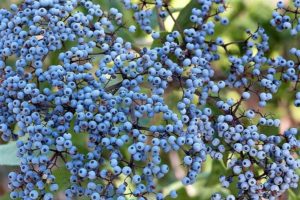 Varieties of native elderberries can be found throughout the world. Here in the American West we have Blue Elderberry/Sambucus Cerulea. Elderberry is one of the most important, beautiful, and useful indigenous trees; its berries, flowers and bark provide us with food and medicine as well as long straight branches that can be used to make flutes, whistles, and even arrows.
Varieties of native elderberries can be found throughout the world. Here in the American West we have Blue Elderberry/Sambucus Cerulea. Elderberry is one of the most important, beautiful, and useful indigenous trees; its berries, flowers and bark provide us with food and medicine as well as long straight branches that can be used to make flutes, whistles, and even arrows.
If you’re up for a DIY challenge, the straight, dead branches of the Elder tree contain a soft, foam-like pith which is easily carved out – or find a branch that an elderberry longhorn beetle (Valley Elderberry Long Horned Beetle (Desmocerus californicus dimorphus) has already hollowed out for you – and can be used to make a traditional Native American flute, but beware – creating and playing these flutes takes a lot of practice! Check out this video for inspiration: An elderberry flute. And if the flute seems a bit intimidating, try your hand at an elder whistle: How to Make an Elder Wood Whistle.
Fortunately, elderberry trees are also drought tolerant, native plants that attract pollinators and other beneficial insects. Tomato farmers who plant elderberries in their hedgerows were able to reduce pesticide use, because those beneficial insects ate their aphids!
Recipe of the Month:
Elderberry Syrup
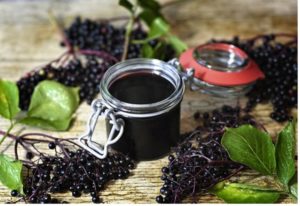 Our elderberry trees are filled with ripe elderberries, and in addition to pies and tarts, we’ve been experimenting with Elderberry syrup.
Our elderberry trees are filled with ripe elderberries, and in addition to pies and tarts, we’ve been experimenting with Elderberry syrup.
Elderberries have been used as medicinal food for a variety of purposes for centuries, and double blind studies confirm that elderberry syrup lessens the duration and severity of influenza and other respiratory viruses.
I always keep a jar on hand, especially during cold season. It is easy, much less expensive, and more fun to make your own! (The same plant, in the spring, also provides us with elderflowers, which also make a delicious syrup and cordial!)
Elderberries, however, should not be eaten raw by humans; the stems, branches, and uncooked seeds are slightly toxic. An easy way to remove the berries is to freeze the unwashed branch. When you’re ready to make your syrup, take it out, and the berries will be much easier to remove using your hands or a fork. The jars of syrup will stay good in your refrigerator for several months, so keep some ripe berries in your freezer throughout the winter and you can always be prepared to whip up a batch.
Many online recipes, and grocery store options, use sugar as a sweetener, but we recommend avoiding sugar when you’re fighting a cold, as it is also inflammatory. Honey – which is also soothing and medicinal, is a better option! You could also use agave, or a combination of the two.
We also like to throw in some other medicinal spices, such as cinnamon, a few cloves, one or two “stars” of star anise, and/or a couple slices of ginger. Add a couple of organic rose hips for extra vitamin C! Feel free to experiment to find your favorite combination.
Go here for a simple and delicious elderberry syrup recipe!
Notes from Alrie
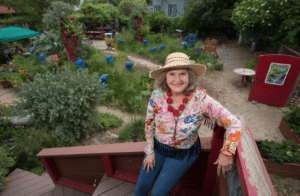
Drought Tolerant Plant Communities:
This summer, we’re all thinking about water – not just water to drink, but how all our flora and fauna can continue to thrive in California during these challenging drought conditions. If you’re reading this newsletter, you already know that native plants are part of the answer.
You may be interested to learn that species that have traditionally thrived in the southern parts of our state are migrating north. Some examples we grow in our gardens at ELSEE include San Diego Sunflower, Santa Cruz Island Buckwheat, Island Mallow, Baja Fairy Duster, Desert Lavender and Desert Wishbone Plant. Some of these species are already beginning to migrate north and to naturalize in our Bay Area gardens. We believe we should welcome these non-invasive plants and animals, which already know how to survive and thrive with more heat and less water.
Plant communities are ancient systems that are supported by vast soil microbial networks. They are the most efficient systems for drought tolerance, water conservation, perpetuating biodiversity and economic sustainability. One of our most important jobs as humans is to learn how our planet renews itself and pledge to accept the responsibility of stewardship to pay it forward for future generations. One of the best ways to do this is to recreate our native plant communities on old lawn sites, vacant weedy sites, abandoned garden or farm sites. You can learn how to do this one step at a time at plant talks at our nursery which will open up in October. Or… hire CNGF to design and build a native garden for you!
We also want to remind you to reach out to your state congress members and encourage them to support Assembly Bill AB-2146 to ban the use of neonicotinoids in home gardens. These deadly pesticides are harmful to human health and deadly to our pollinators, including bees, butterflies, and birds, whose populations have plummeted since the introduction of these toxic chemicals to our ecosystems.
Weekly Online Hike Talks!
Alrie and other experts give a plant community talk over zoom, based on a local hike, every Thursday from 6-7 pm. Go to the Zoom link here. We hope that you’ll be inspired to go on these hikes yourself, and to bring the children in your life! We believe it is the birthright of every child in Santa Clara County to learn the native plant communities that make up our local ecosystems. By learning about these plants, they will come to love them, and when they love them, they will want to protect them.
Fundraising
AND… we are ramping up for our biggest and most exciting fundraiser to date. Our goal is to raise 5.6 million dollars, which will allow us to BUY OUR PROPERTY so it can serve as a community resource for nature-based urban living for generations to come. We will be beginning our feasibility study within a few weeks – you may be hearing from us! And again, if you are interested in joining our volunteer fundraising or grant-writing teams, please reach out! We have an amazing, active, and diverse group of volunteers who love to work, learn, and play together…join us!
Special thanks to Melissa Blum,
CNGF newsletter editor and Board member.


